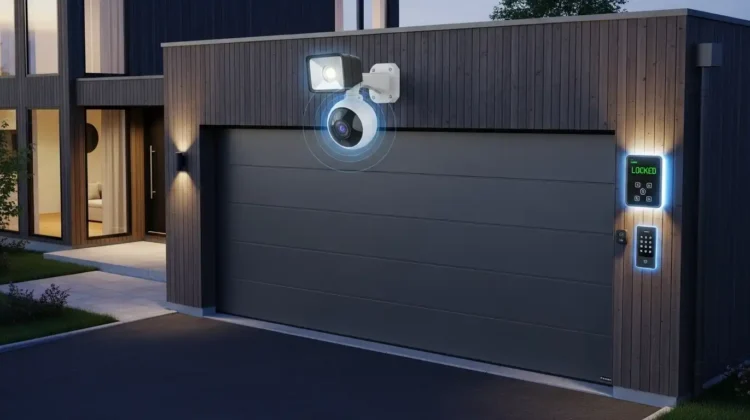
The garage is more than a storage space or a place to park your vehicle — it’s often the largest entry point to a home. Unfortunately, this also makes it one of the most vulnerable. Traditional garage doors, while sturdy, lack the advanced security and convenience features homeowners now expect. This is where smart garage doors come in. By combining connectivity, automation, and enhanced security, smart garage doors are revolutionizing how people protect and manage their homes.
Why the Garage Door Deserves More Attention
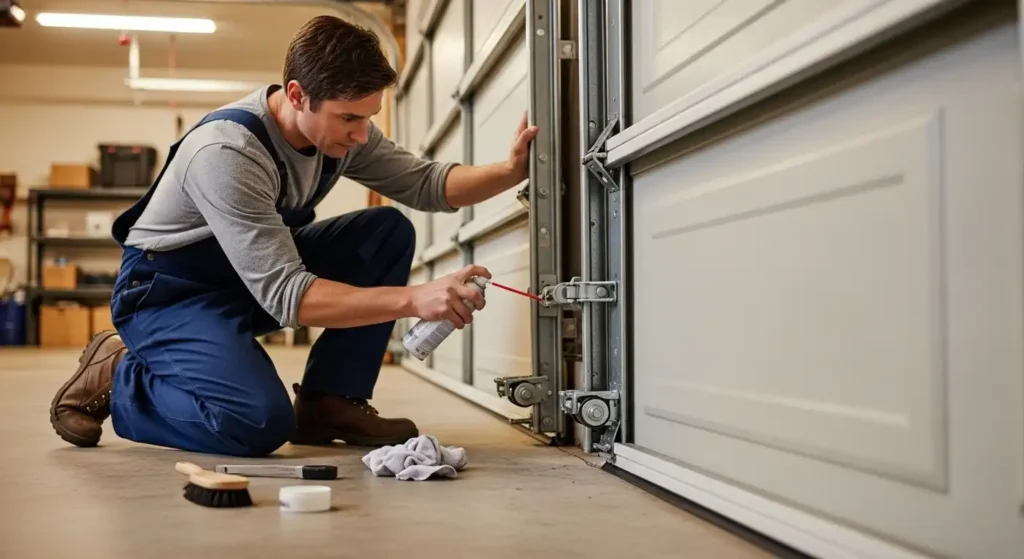
When people think of home security, they usually picture reinforced locks, alarm systems, or surveillance cameras at the front door. Yet, burglars often target the garage, knowing it is frequently overlooked. An unsecured garage can be a direct path into the house itself. Upgrading to a smart garage door is not only about modern convenience — it’s a proactive move to safeguard your family and property.
For more on traditional risks, see our article on why regular garage door inspections can save your family from accidents. It explains how proactive maintenance prevents hazards that smart systems can now monitor automatically.
Key Advantages of Smart Garage Doors
1. Strengthened Home Security
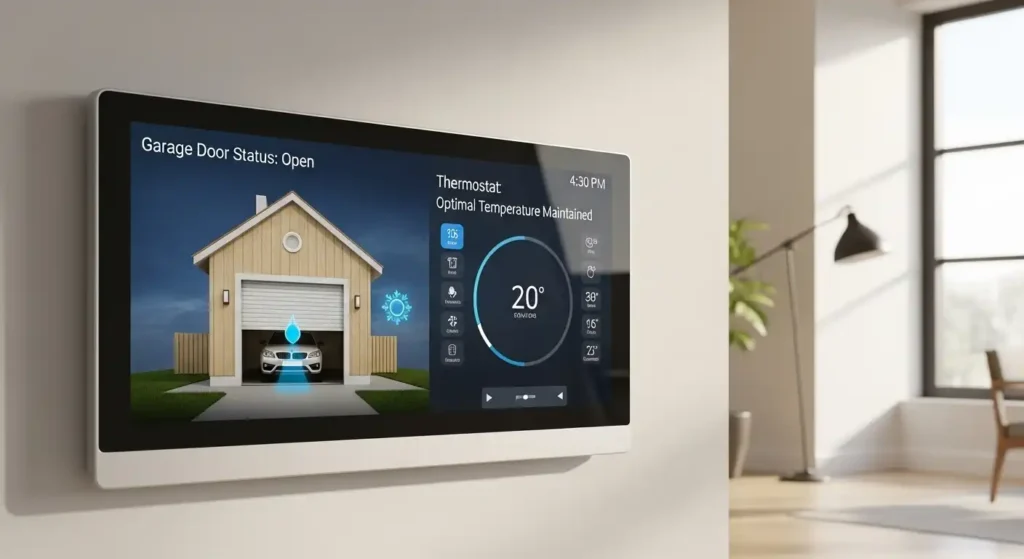
Smart garage openers use rolling-code technology, which changes the access code each time the remote is used. This prevents code grabbing, a common method criminals employ to hack older openers. Many systems also integrate with security cameras and motion sensors, allowing you to monitor suspicious activity in real time.
2. Remote Access and Control
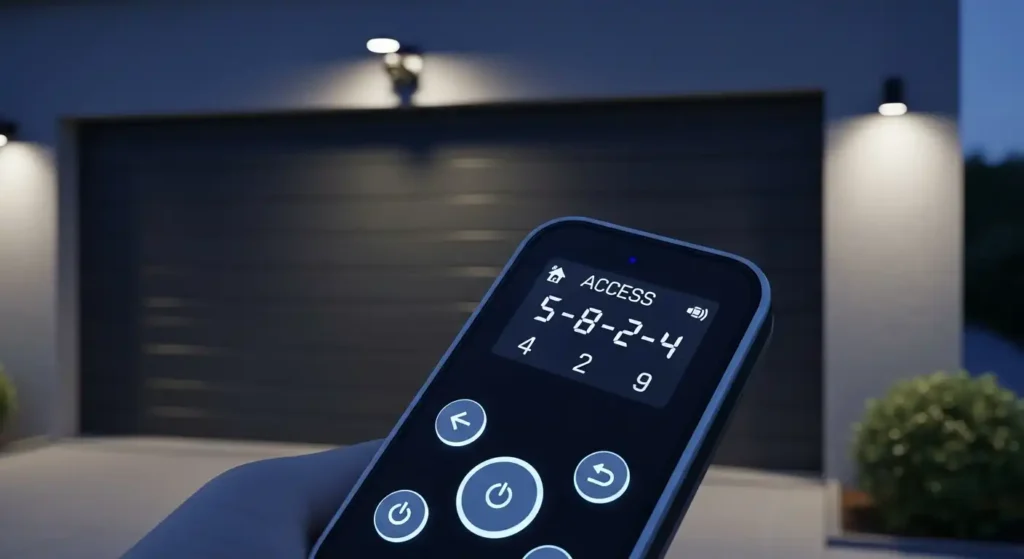
With traditional openers, forgetting to close the garage door means leaving your home exposed until you return. A smart system lets you open or close the door with a tap on your smartphone, whether you’re at work, on vacation, or simply lying in bed. Many apps also provide push notifications if the door has been left open for too long.
3. Safe Package Deliveries
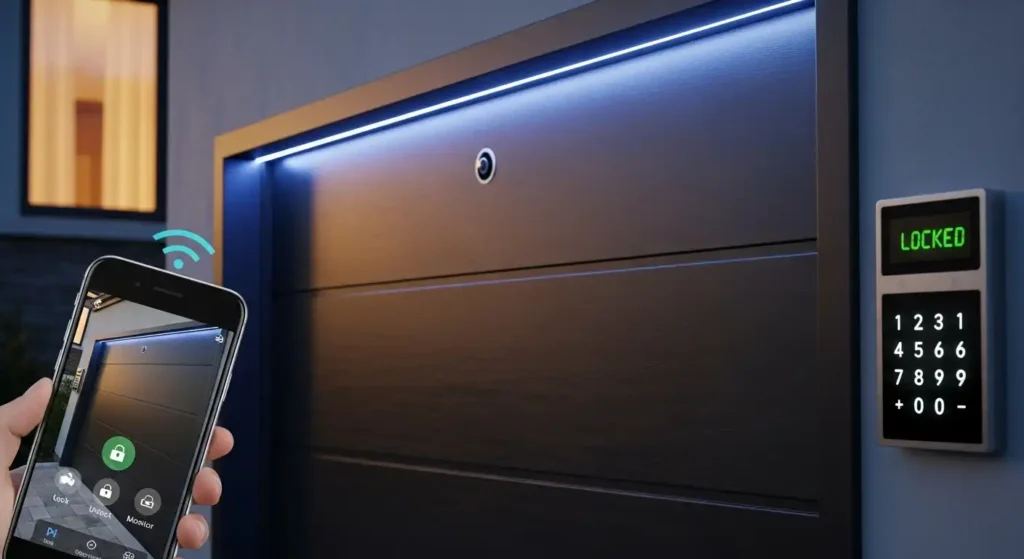
As e-commerce continues to grow, so do concerns about package theft. Smart garage door systems make it possible to receive deliveries securely inside your garage. Programs like Amazon Key In-Garage Delivery are designed specifically for this purpose, helping you avoid stolen packages and weather-damaged parcels.
4. Preventative Maintenance Alerts
Over time, garage door components like springs, rollers, and tracks wear down. Some smart openers can track door usage and send alerts when parts may need inspection or servicing. This feature helps prevent unexpected failures that could leave your door stuck or unsafe.
5. Customized Family and Guest Access
Instead of duplicating keys or sharing access codes, you can assign unique digital keys via the garage door app. Some systems let you set schedules, such as granting access to a dog walker only between 1 p.m. and 3 p.m. This ensures you maintain control without compromising security.
Smart Garage Doors vs. Traditional Systems
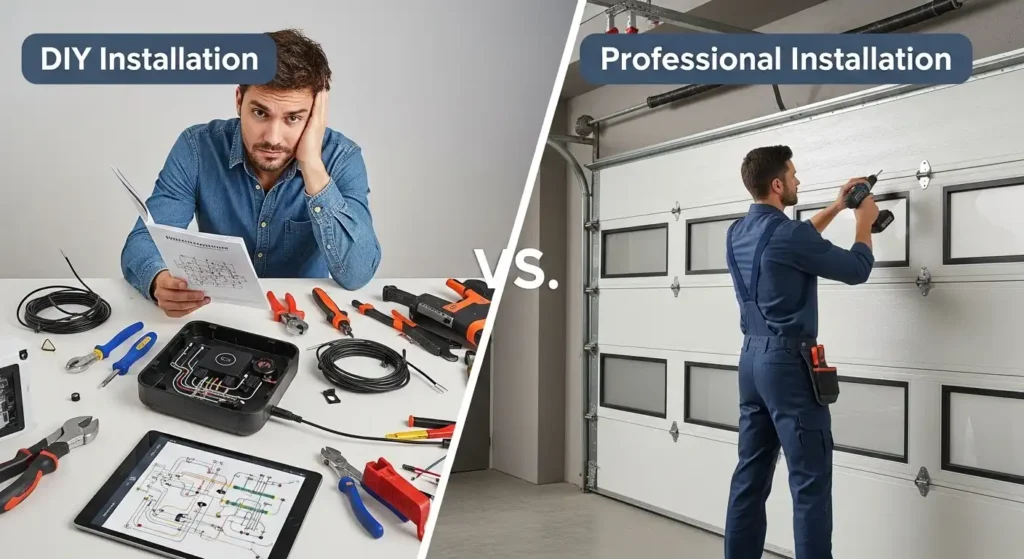
Homeowners often wonder whether the extra investment in smart technology is worth it compared to a standard opener. Here’s how they stack up:
| Feature | Traditional Opener | Smart Garage Door |
|---|---|---|
| Security | Fixed codes, vulnerable to code grabbing | Rolling codes, app-based control, activity monitoring |
| Convenience | Remote control only within range | Smartphone access from anywhere in the world |
| Maintenance | No reminders, reactive repairs | Usage tracking and preventative alerts |
| Integration | Stand-alone device | Works with smart home ecosystems (Google, Alexa, Apple) |
Cost Considerations: Are Smart Garage Doors Worth It?
The price of a smart garage door opener varies depending on features and brand. On average:
- Basic models: $150–$250
- Mid-range with Wi-Fi: $250–$400
- High-end with cameras & advanced features: $400–$600+
Professional installation may add another $100–$200, though many tech-savvy homeowners can install the system themselves. While the upfront cost is higher than a standard opener, the long-term benefits in safety and convenience usually outweigh the expense. For additional cost insights, see the Home Depot smart garage door opener guide, which breaks down features and price ranges.
Energy Efficiency Benefits
Smart garage doors don’t just enhance security—they can also contribute to energy savings. By integrating with smart thermostats, your system can prevent unnecessary heat loss in the winter or cool air escape in the summer. Some advanced models can even work with home energy monitors, allowing you to optimize electricity use.
Step-by-Step Guide: Choosing the Right Smart Garage Door System
With so many options available, selecting the right opener can feel overwhelming. Here’s a step-by-step process to help:
- Assess Compatibility: Check if your existing garage door is compatible with smart opener kits. Most modern sectional doors are, but older models may need upgrades.
- Decide on Core Features: Make a list of must-have features (e.g., camera integration, app alerts, voice assistant support).
- Consider Installation: If you’re not comfortable with DIY projects, choose a model that comes with professional installation options.
- Look for Security Standards: Prioritize systems with encrypted Wi-Fi, rolling-code technology, and strong app security.
- Check Reviews: Read verified customer reviews on reputable sites to gauge reliability and ease of use.
Practical Tips for Maximizing the Life of Your Smart Garage Door
Once you’ve made the investment, it’s important to protect it. Here are simple practices that extend the lifespan of your system:
- Lubricate rollers, hinges, and tracks every six months.
- Test the auto-reverse safety feature monthly.
- Replace batteries in remotes and backup units as recommended.
- Check Wi-Fi connectivity and firmware updates regularly.
- Schedule professional inspections every two years to ensure springs and cables remain safe.
Potential Concerns and Solutions
Smart technology often comes with security concerns, but there are practical ways to reduce risk:
- Update firmware regularly to patch vulnerabilities.
- Use strong, unique passwords for your app and Wi-Fi network.
- Enable two-factor authentication wherever possible.
- Limit guest access and review permissions frequently.
DIY vs. Professional Installation
Many smart garage door systems are designed for DIY installation and come with detailed guides. However, if your garage door mechanism is older, heavy, or complex, professional installation is recommended. Trained technicians can ensure safety, proper alignment, and reliable performance. The U.S. Consumer Product Safety Commission also provides important safety advice for homeowners considering adjustments to their garage doors.
Future Trends in Smart Garage Door Technology
The future is bright for smart garage door innovation. Emerging trends include:
- AI-powered recognition: Doors that automatically identify household vehicles and open as you arrive.
- Energy integration: Systems that communicate with solar panels or energy storage devices to optimize power use.
- Voice biometrics: Access through voice authentication rather than passcodes.
- Predictive maintenance: AI-driven diagnostics that predict when components will fail and suggest proactive repairs.
Final Thoughts
Smart garage doors represent the intersection of convenience, safety, and modern living. By upgrading your system, you’re not only reducing the risk of unauthorized entry but also making daily life smoother and more efficient. From secure package deliveries to energy-conscious operation, the benefits extend well beyond simple remote control.
If you’re considering this upgrade, take the time to compare features, prioritize security, and select a system that fits your lifestyle. As smart home technology continues to advance, the garage will remain an essential part of the home security ecosystem—no longer overlooked, but central to everyday protection and comfort.
